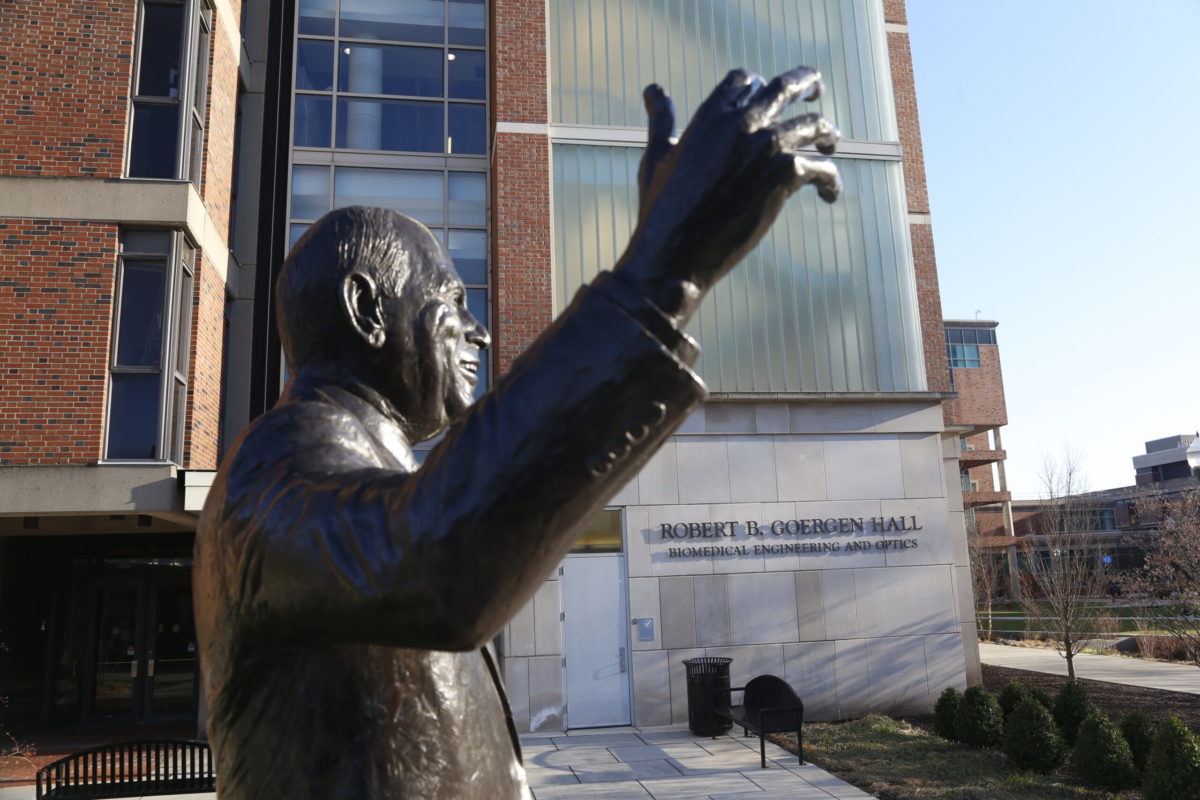
Yanik Thesis
Probability distributions of work and entropy of a qubit engine powered by simultaneous weak quantum measurements.

iTEST
Team Rachel Chan Zihao Li Sinabu Pumulo Mentor Brandon Zimmerman Abstract The Clear Eye Test is a virtual eye prescription platform that measures refractive error of the eye with a…
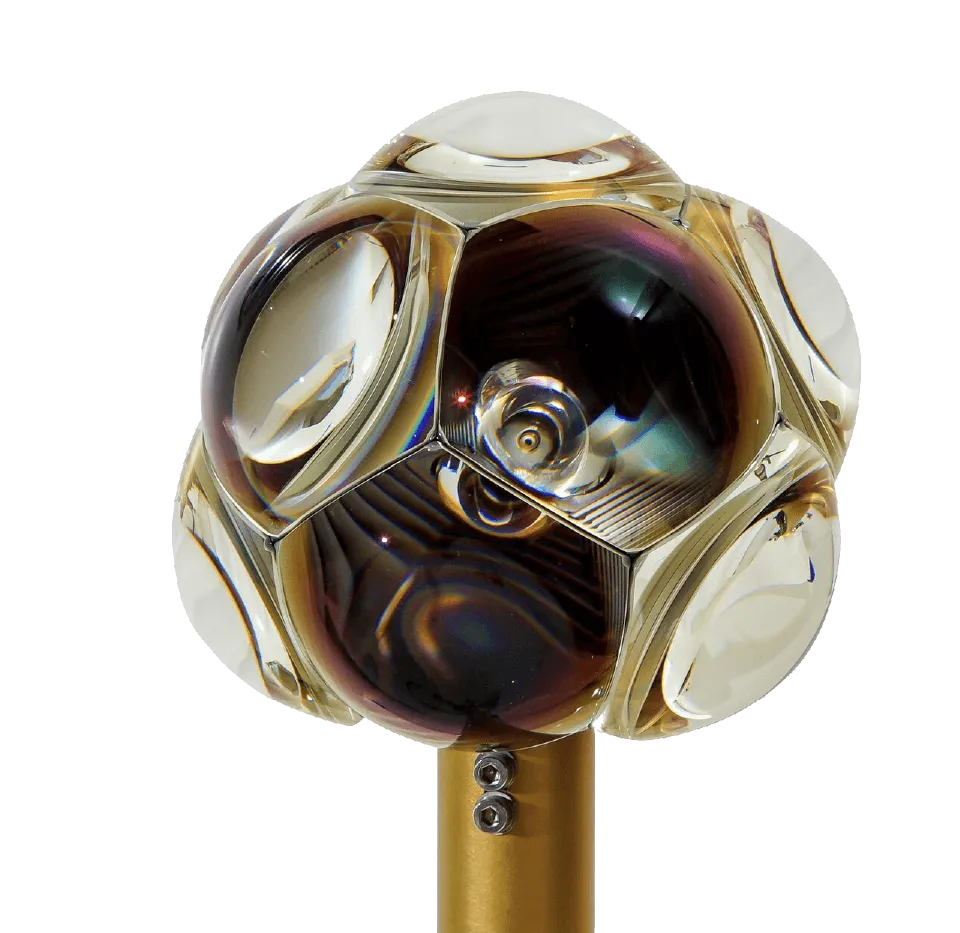
CAM360 – Designing a Tilable Fully Reflective Wide Angle Telescope
Venturing into the fully reflective design space to find a wide angle telescopic design that is parallax corrected so that they can be tiled to capture a much higher field of view.
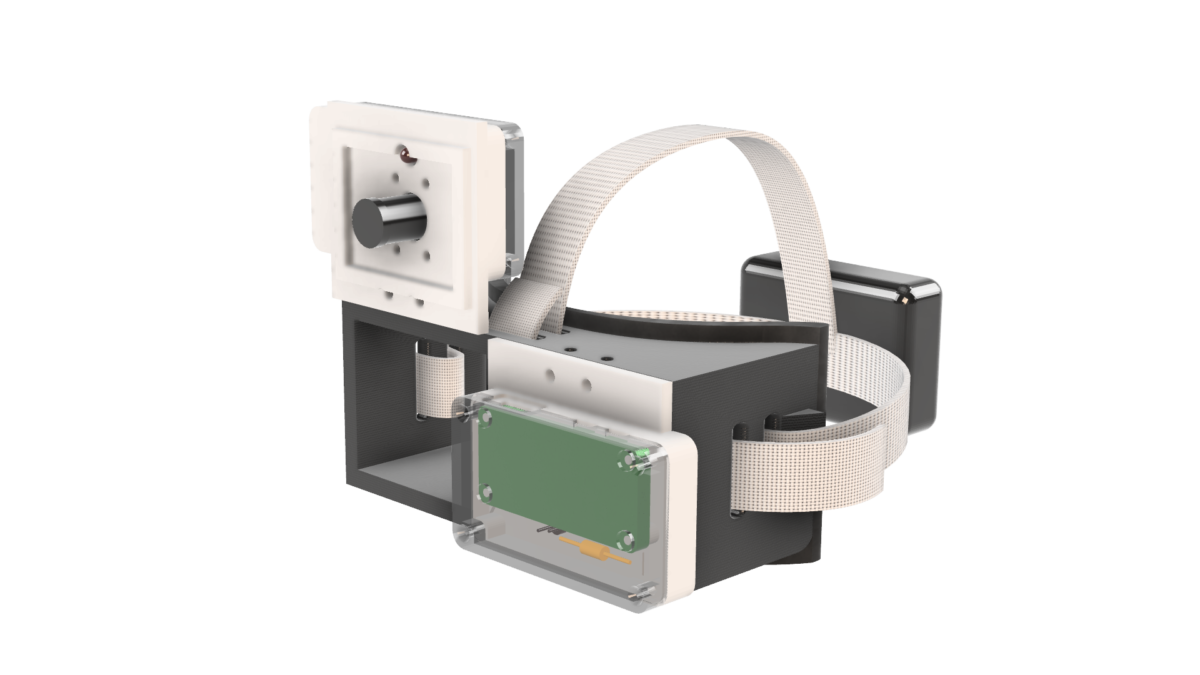
Video Oculography
A wireless Video Oculography system with two cameras to efficiently and accurately diagnose vestibular disorders

A Photonic Electro-Optic Circuit for On-Chip Quantum Frequency Processing
Designing a Hadamard gate on an integrated Silicon photonic chip
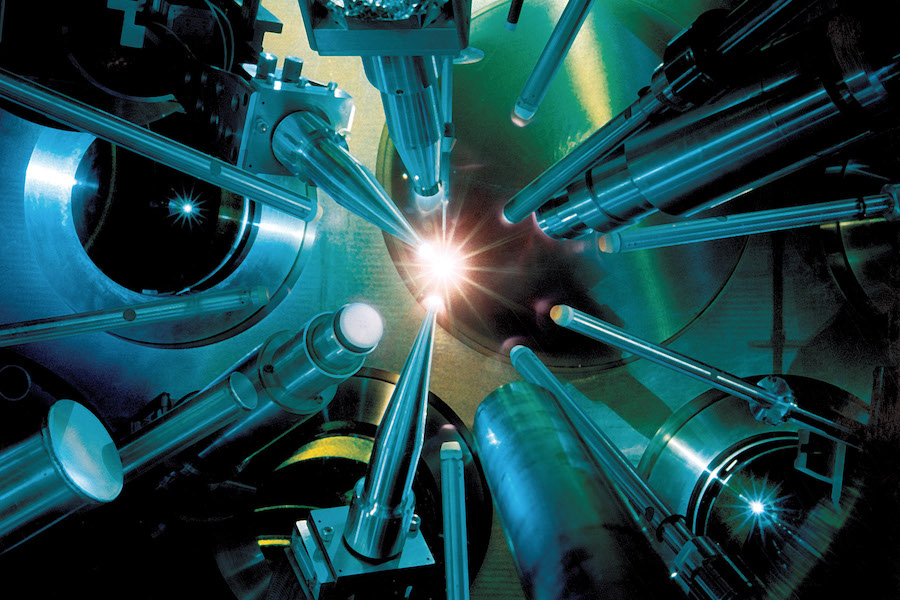
Impact of Optical Parametric Amplification Phase on Laser Pulse Compression
Jonathan Musgrave Advisor: Dr. Jake Bromage Optical Parametric Chirp Pulse Amplification (OPCPA) is an intensely researched topic and has gained a lot of traction in the past 25 years for…

Plasmonic Nanoantenna Array Metasurfaces and Colloidal Nanoparticles for Single-Photon Source Applications
Investigating indistinguishable single-photon sources in the visible range.
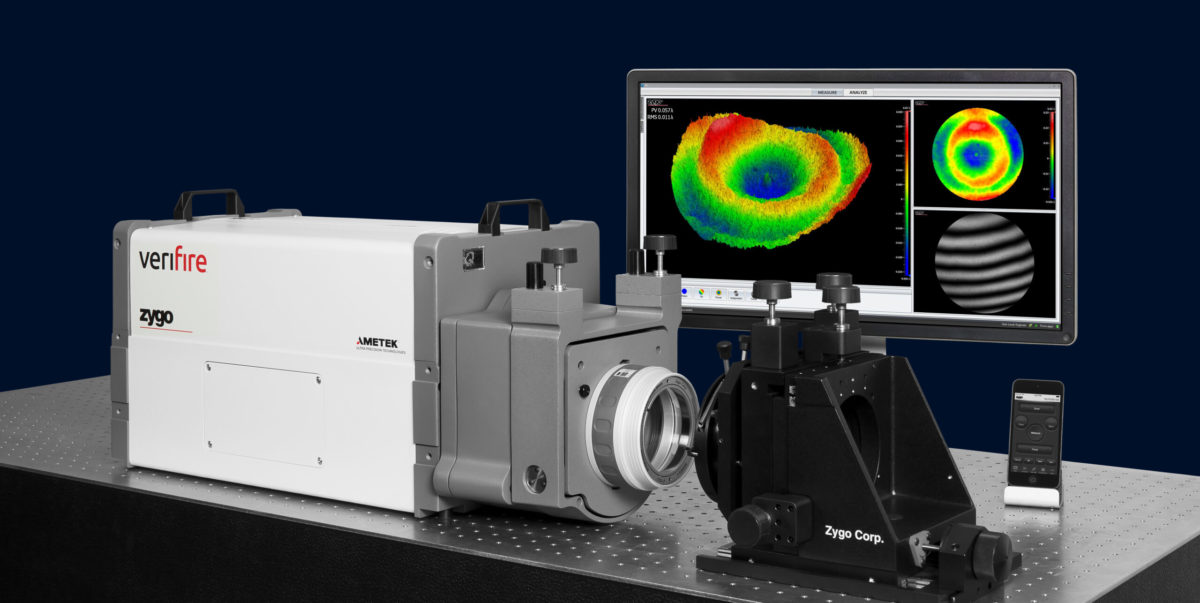
WOBBLY
Exploring mechanical solutions to reduce the effects of turbulence on the Zygo Verifire™ interferometer

Team Thermo
The solar steam turbine is a design that uses a femtosecond laser-processed superwicking metal sheet to generate electricity via steam generation. Team Thermo wishes to thank the following for their…
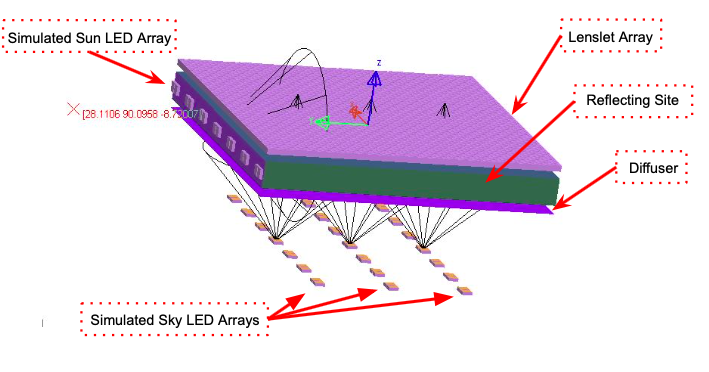

OTICS
The Hybrid Endoscope/Microscope project is a senior design project that aims to design and build a system that combines the endoscope’s view and the microscope’s view during ENT surgery.
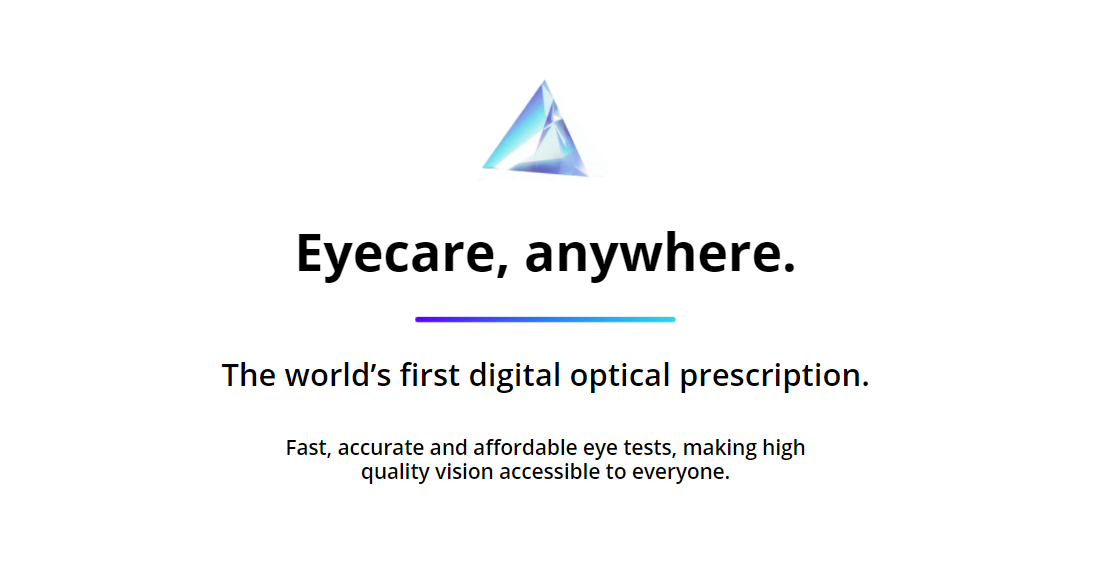
EYEZ
Development of a telehealth platform that provides digital optical prescriptions, making high quality vision accessible to everyone.
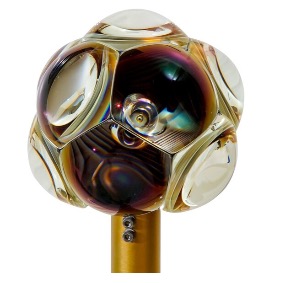
CIRCLE
A 360° tessellated, parallax-reduced, cinema camera system.
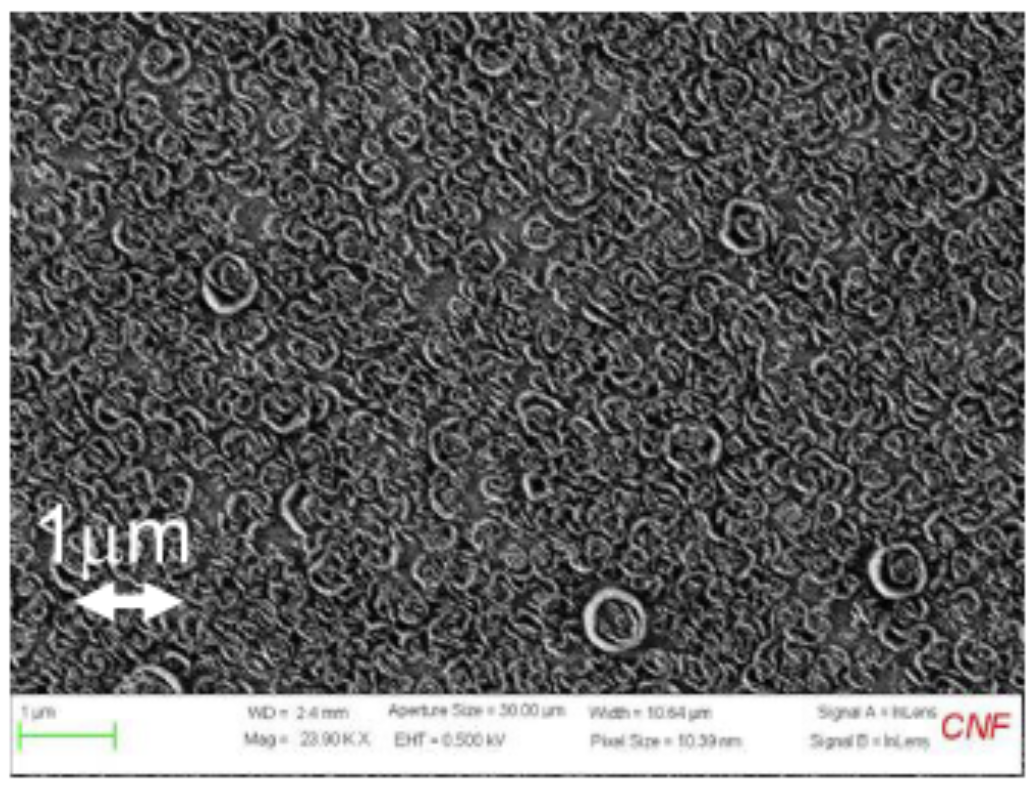
AR
The Nanostructure AR coating project aims to Investigate and model nanostructure AR coatings on OptiLayer and OptiRE software.
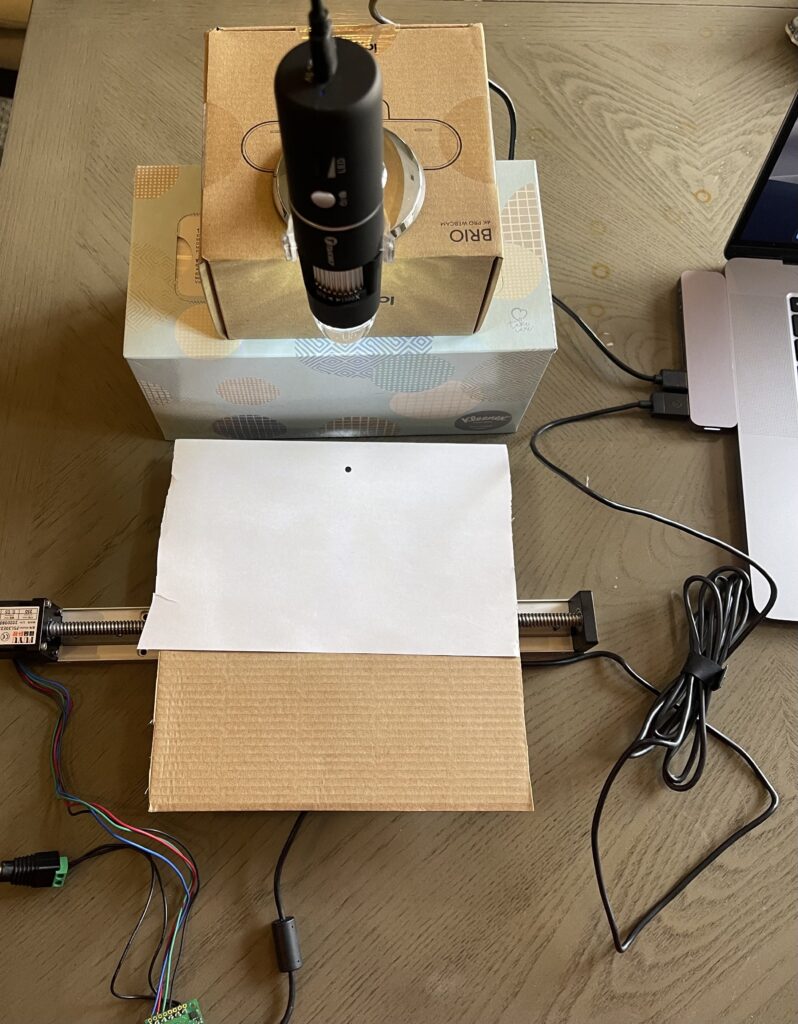
High Accuracy Displacement Measurement
Make a low cost system to measure mini-scale object displacement.
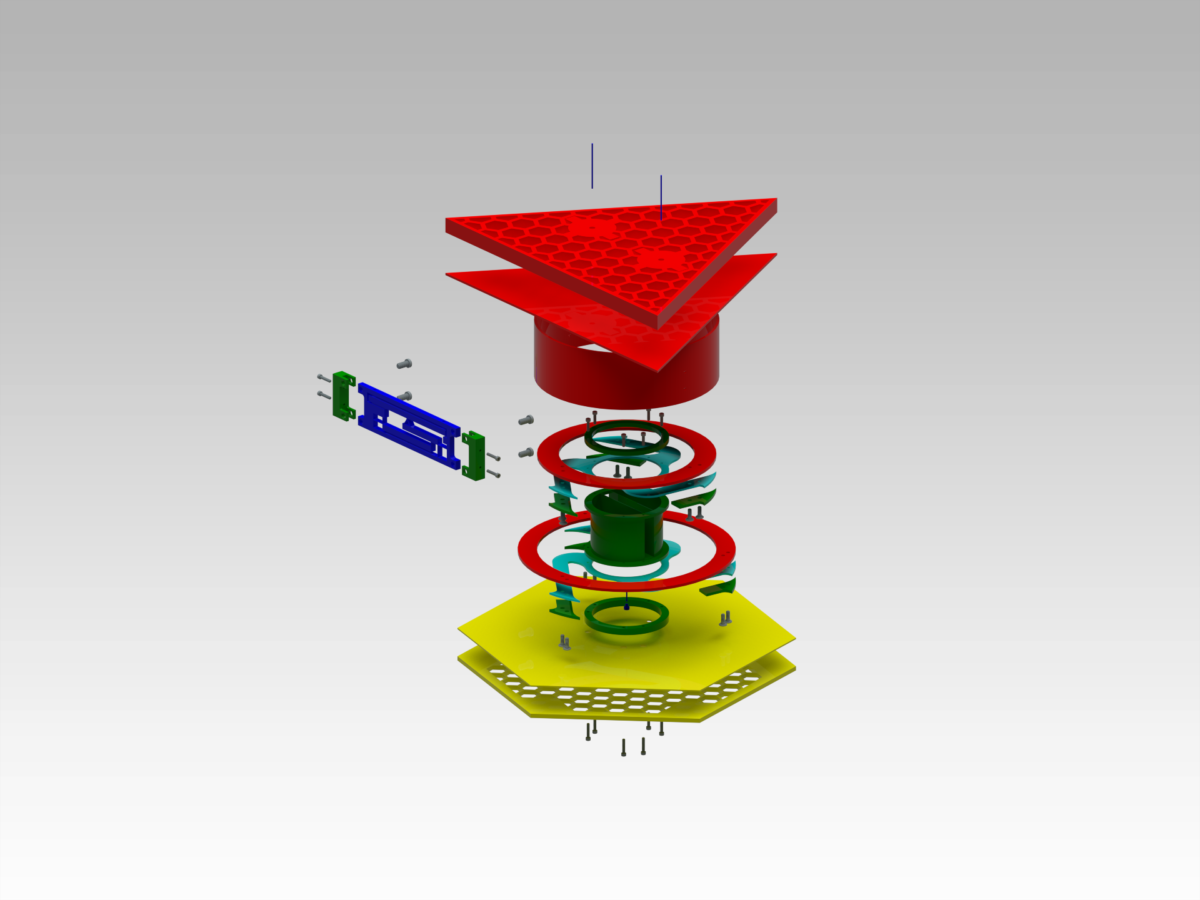
L3Harris Space Secondary Mirror Positioning System
L3Harris Technologies is an American defense company that builds a variety of mechanical, optical, and electrical systems. The Rochester division designs and builds systems for space applications. Optical space telescopes are widely used in both Earth and astrophysical observations and play a major role in scientific and national security. For optical telescopes to function properly and take clear images, their optics must be precisely aligned to focus light. However, during the launch of the telescope, the relative positions of these optics can change. The goal of the project is to build a mechanism to finely adjust the position of these optics to enhance resolution and accuracy of the telescope images. This improved image quality has significant implications for both terrestrial and space observations with applications to scientific research and national security.
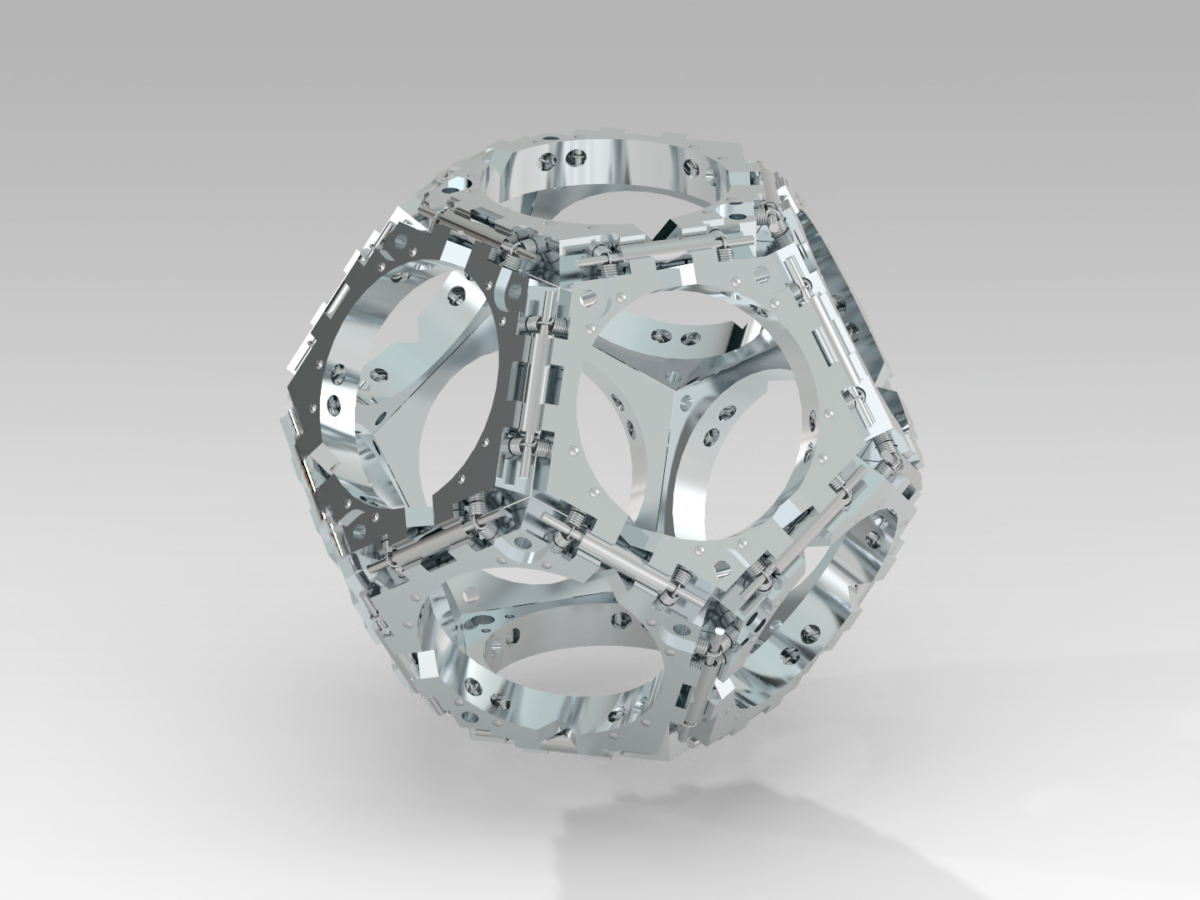
360 Optical Mounts
Several optomechanical applications have a need for a 360° kinematic mounting system capable of withstanding thermal loading due to heat generation from electronic devices. It is advantageous for optical systems to have a repeatable and controlled, known distance between devices such as optics, sensors, light sources, mirrors or assorted non-optical sensors. The team was able to design a thermally stable spaceframe solution, capable of reducing movement of any assembled components to minimal displacements on the order of microns.
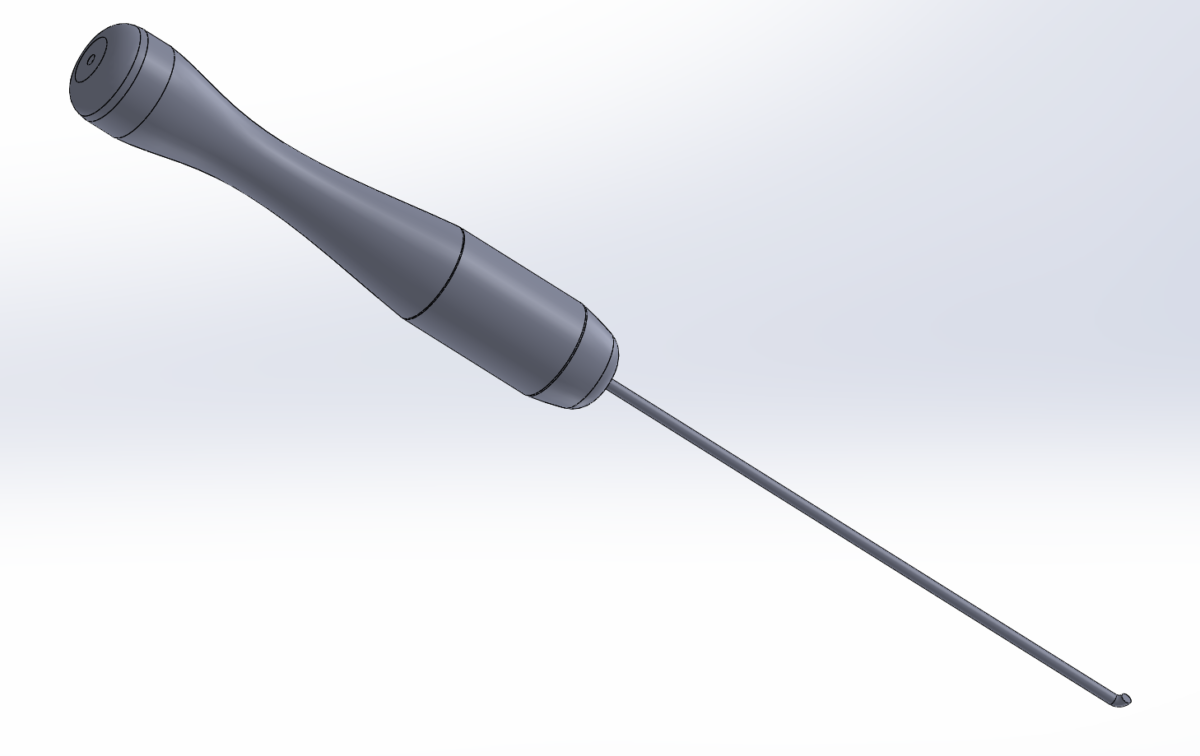
Cataract Surgery Device for the Developing World
Cataracts, a hardness and opacifying of the lens, is the leading cause of curable blindness worldwide, with the majority of cases occurring in developing countries where trained ophthalmologists are scarce. Our project is to develop a device to be used for a simplified cataract surgery that will insert a cylindrical intraocular lens into the cataract. By simplifying the procedure, more healthcare providers can be trained to perform the procedure, increasing the accessibility of cataract treatment in developing countries.
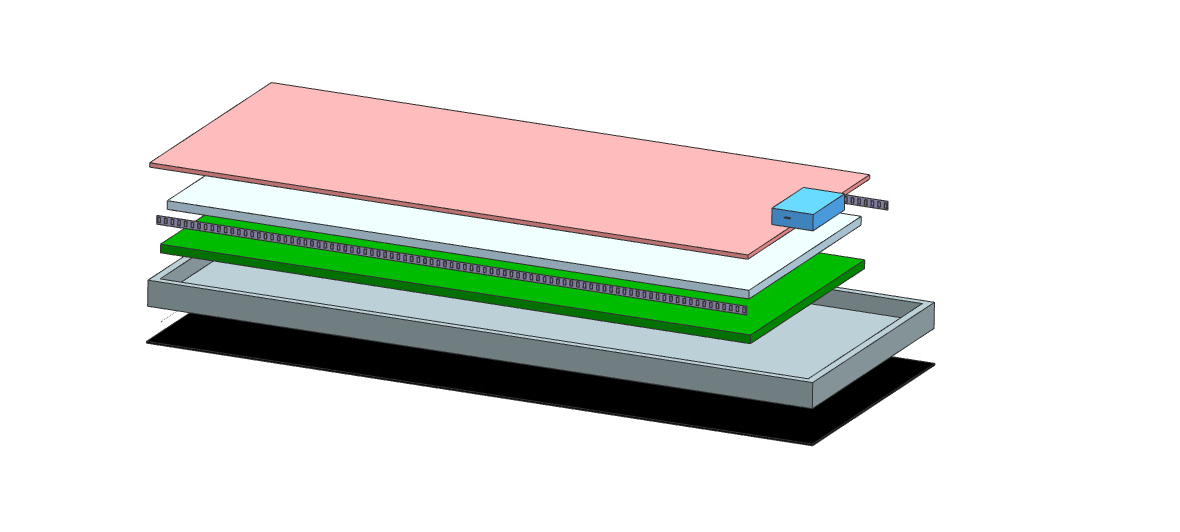
Illuminating Mat for Visually Impaired Students
Students at the Mary Cariola Center with visual impairments are attracted to light in rooms, often pulling their attention away from the teachers/lesson to look upwards at the ceiling lights. Lighted surfaces that provide contrast can help students focus on that surface and on any activity being performed on the lighted surface. The team was tasked with creating a mat suitable for children that illuminates in order to draw the student’s attention downward.
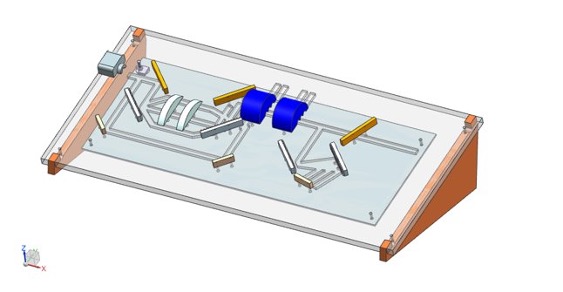
Chirped Pulse Amplification Display
The Laboratory for Laser Energetics (LLE) at the University of Rochester is in need of a portable and educational display that showcases the mission and capabilities of the facility. The project is a representative and visually captivating model that demonstrates the laser amplification process of Chirped Pulse Amplification (CPA). This technique was invented by the LLE and revolutionized the industry.
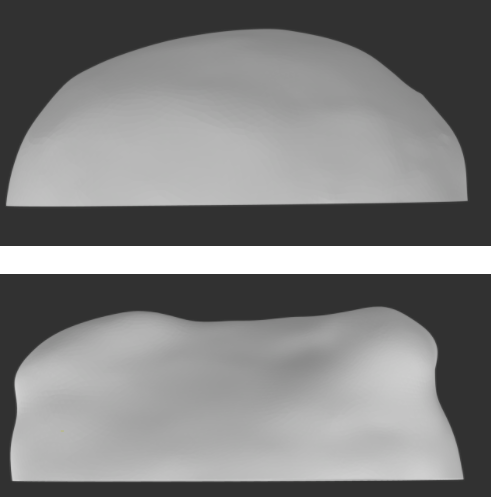
Abscess Model for Photodynamic Therapy
Designing an accurate abscess model for photodynamic therapy testing.
